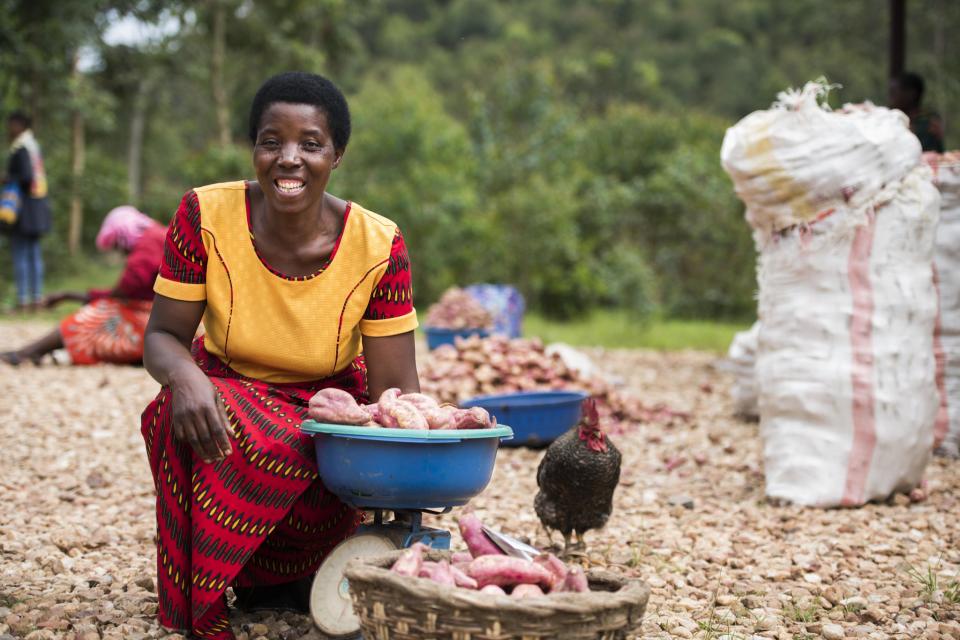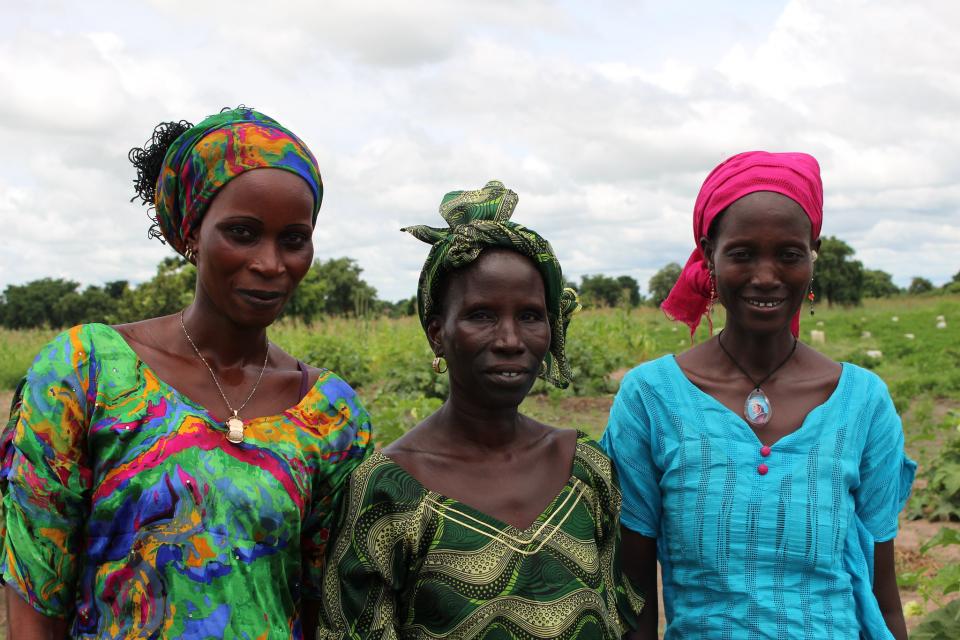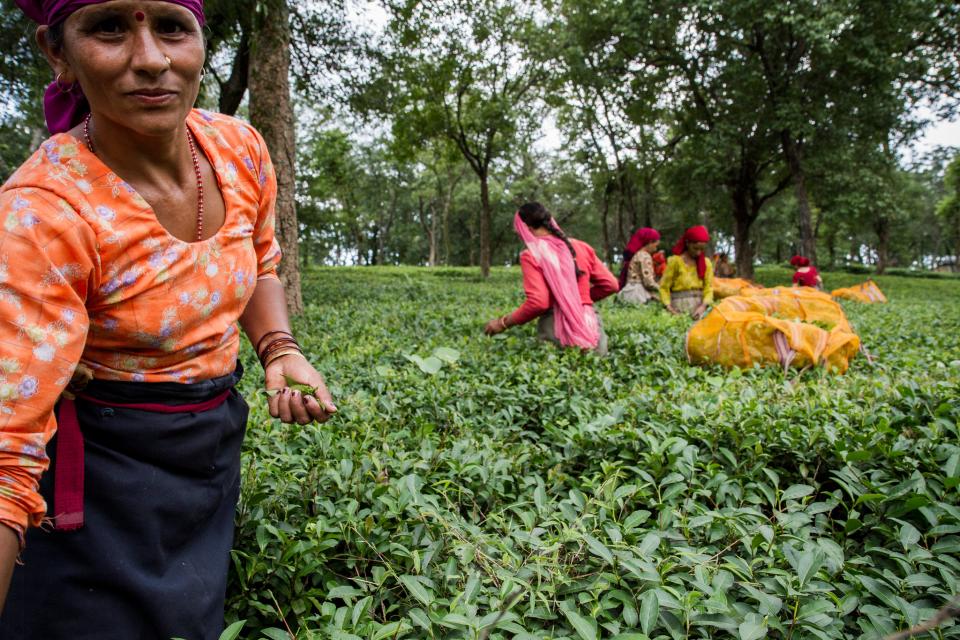Developing guidelines to operationalize women’s inclusion: simplifying data without losing complexity
 Photo: Hugh Rutherford/CIP
Photo: Hugh Rutherford/CIP
In forest and natural resource management, it seems like we are seeing multi-stakeholder forums (MSFs) everywhere, from climate change finance to local land use decision-making. MSFs aspire to be spaces for engaging diverse groups in policymaking, decision-making, and consultations through meetings, workshops, and events. However, evidence shows that women are often left out of discussions around forest or land use issues under the presumption that this is men’s domain. This means that, at best, MSFs’ decisions and discussions may not reflect women’s priorities, and, at worst, that MSFs reinforce existing gender inequalities.
Constraints to women’s participation in MSFs
So, how can we level the field for women in the decision-making process? First, it’s important to identify the main constraints.
The challenges of social inclusion are wide-ranging. The reasons for women’s low representation in MSFs often start with a lack of mobility: no transport/means/support from one’s spouse to travel or attend the meetings virtually. From the cultural perspective, in many places, social norms discourage women from speaking in front of men. Many women naturally fear male backlash if they transgress those norms. Women are also often overburdened by household duties, including childcare, which keep them away from attending the meetings. And very often, women simply lack confidence to engage in MSFs due to a lack of knowledge and/or experience.
Additional constraints to meaningful participation may emerge from the way MSFs are organized. For instance, lack of translation to local languages or lack of facilitation focused on including all voices may prevent women (as well as men) from productive participation. MSFs – which are typically organized by NGOs, donors, multi-lateral initiatives, or government agencies – might not have enough women and members of other under-represented groups among their own organizers or executive committees. Some challenges also stem from a broader societal context, such as difficulty of strengthening women’s organizations and networks to ensure their active engagement in spaces.


